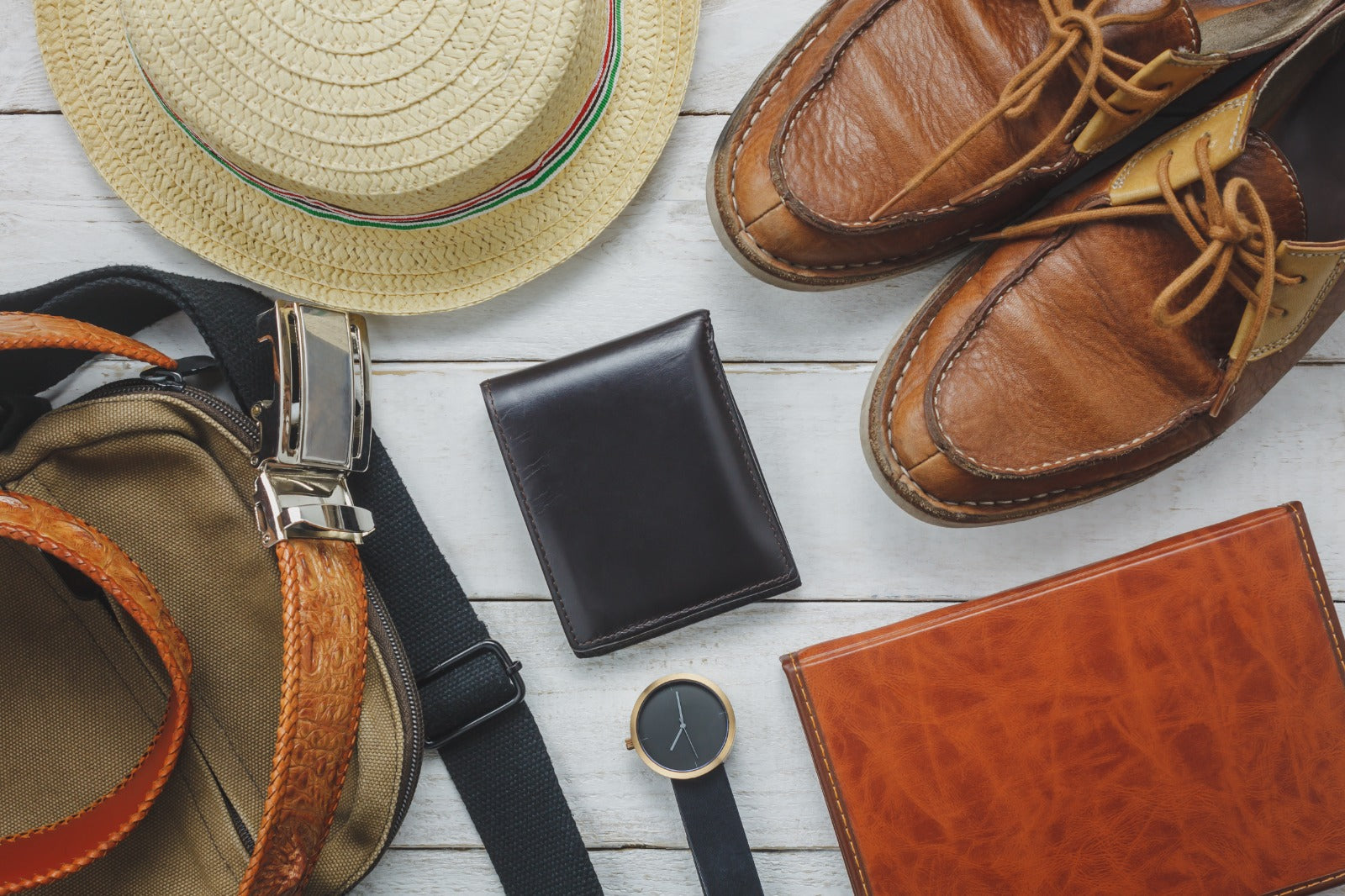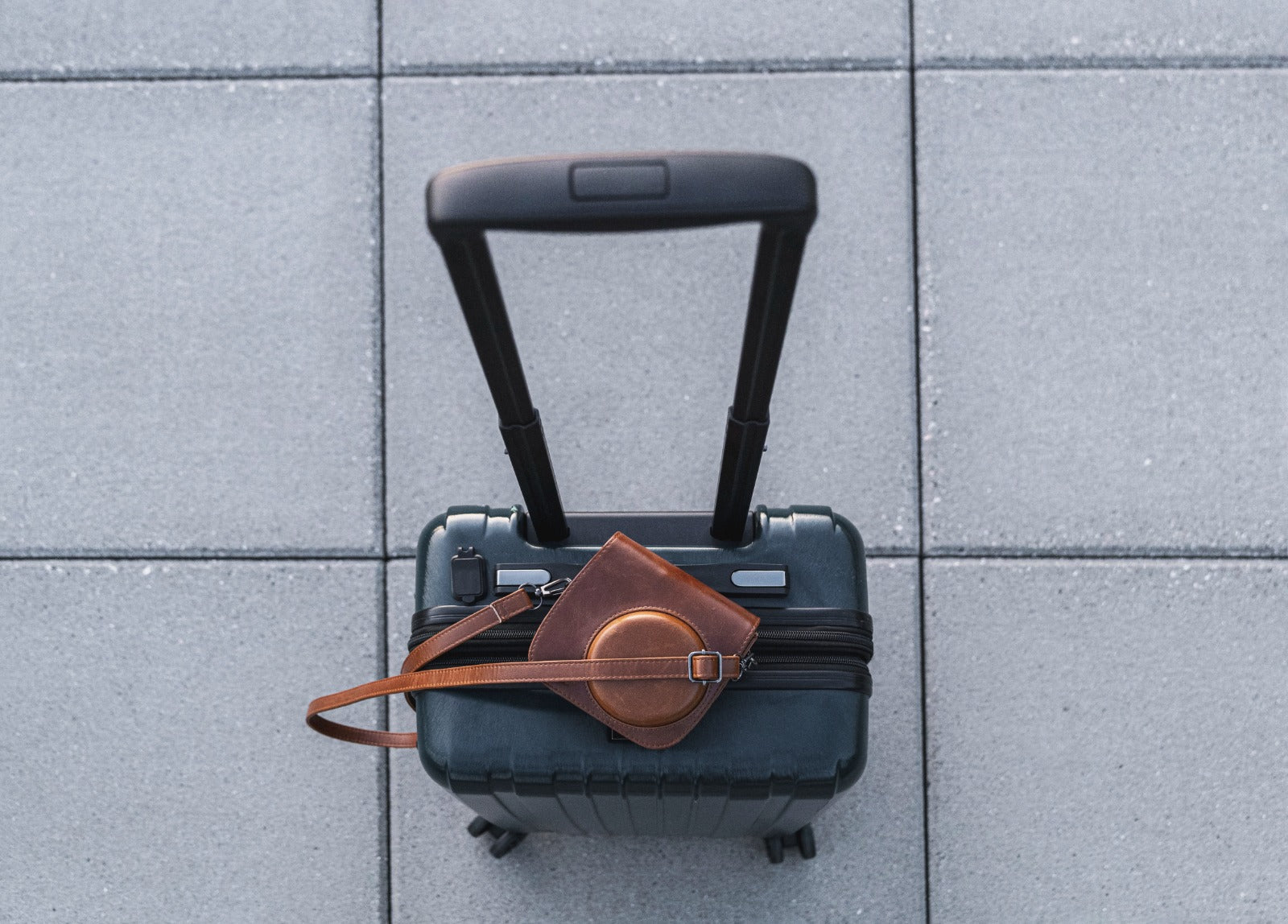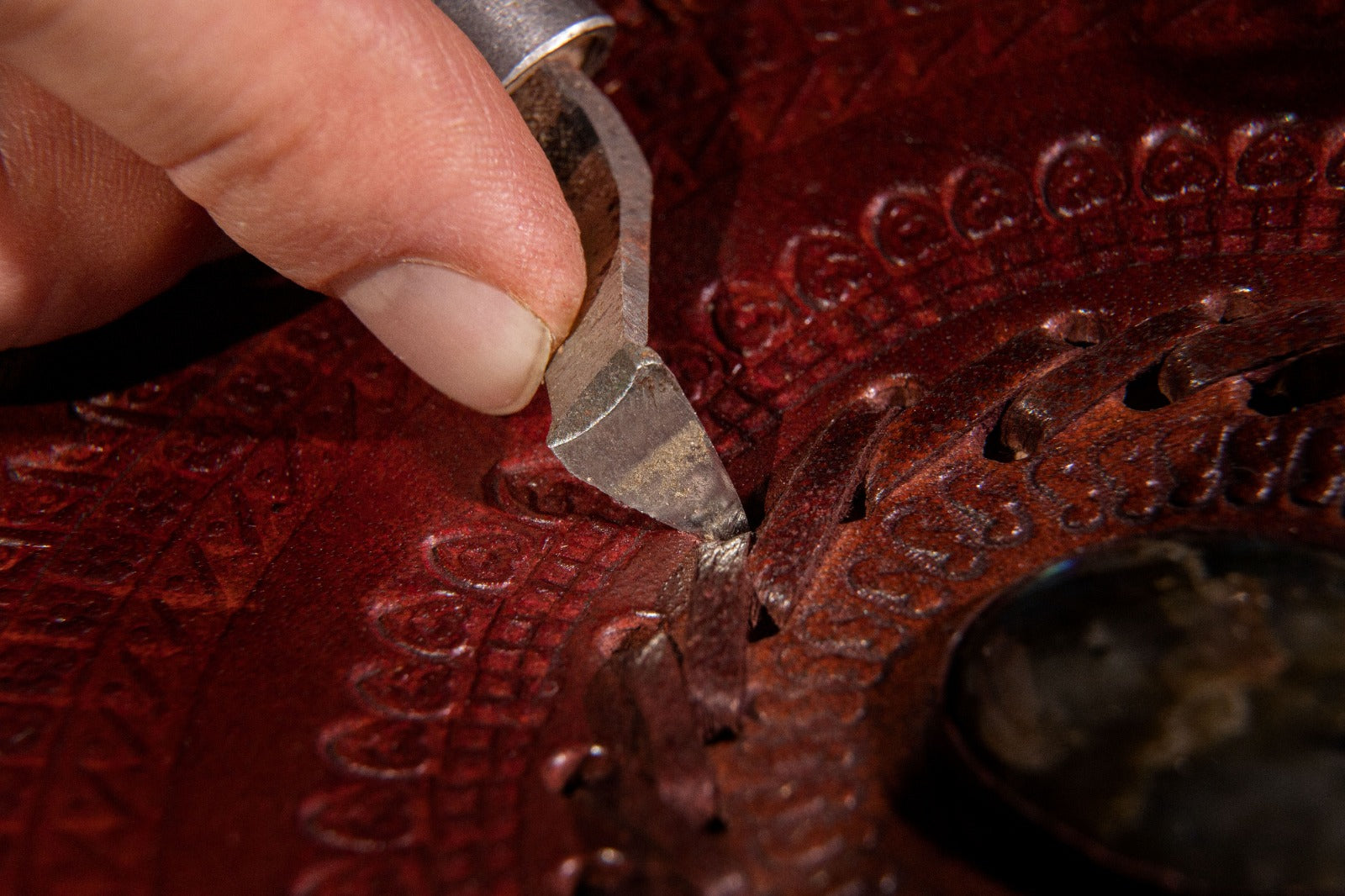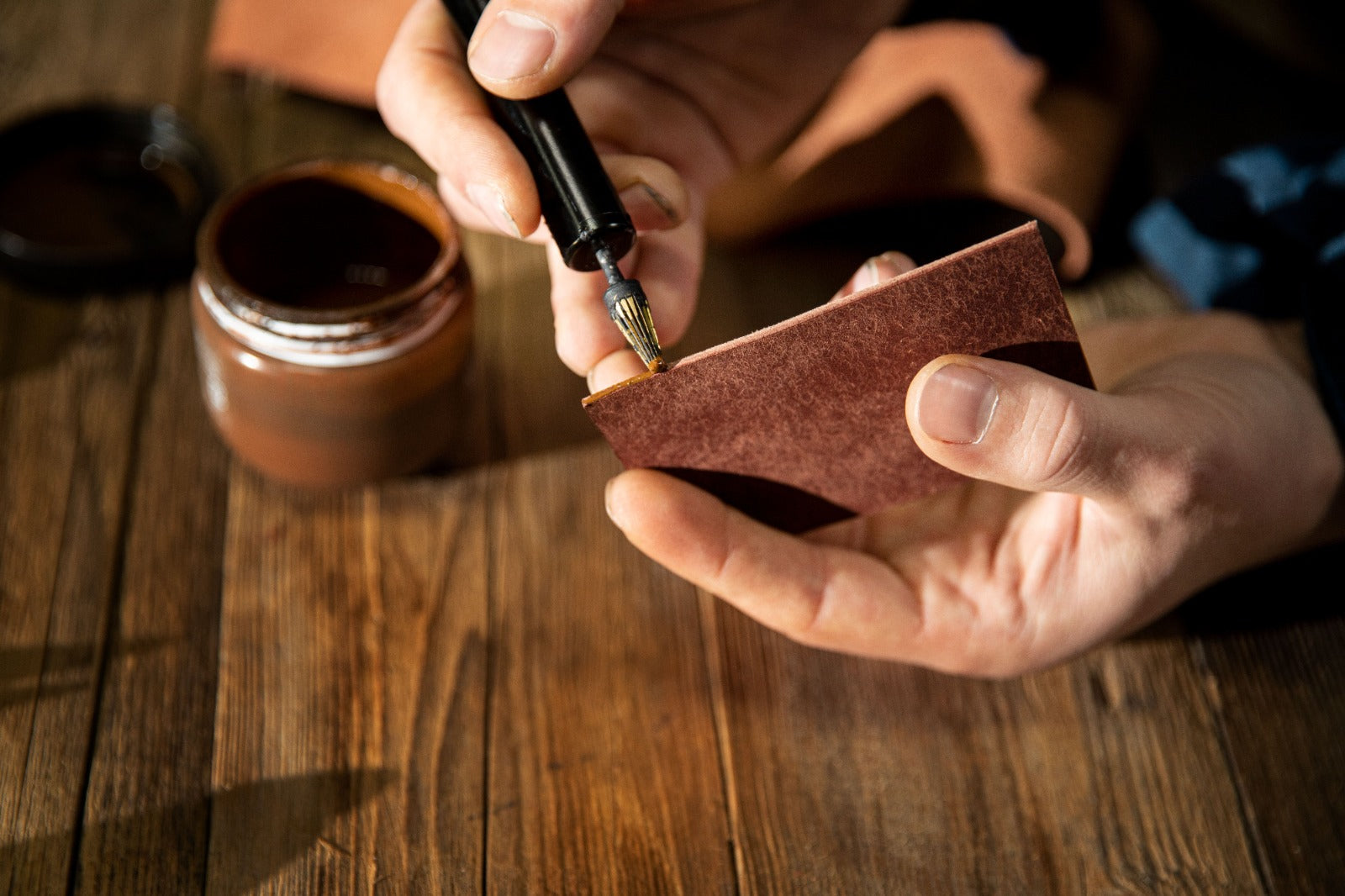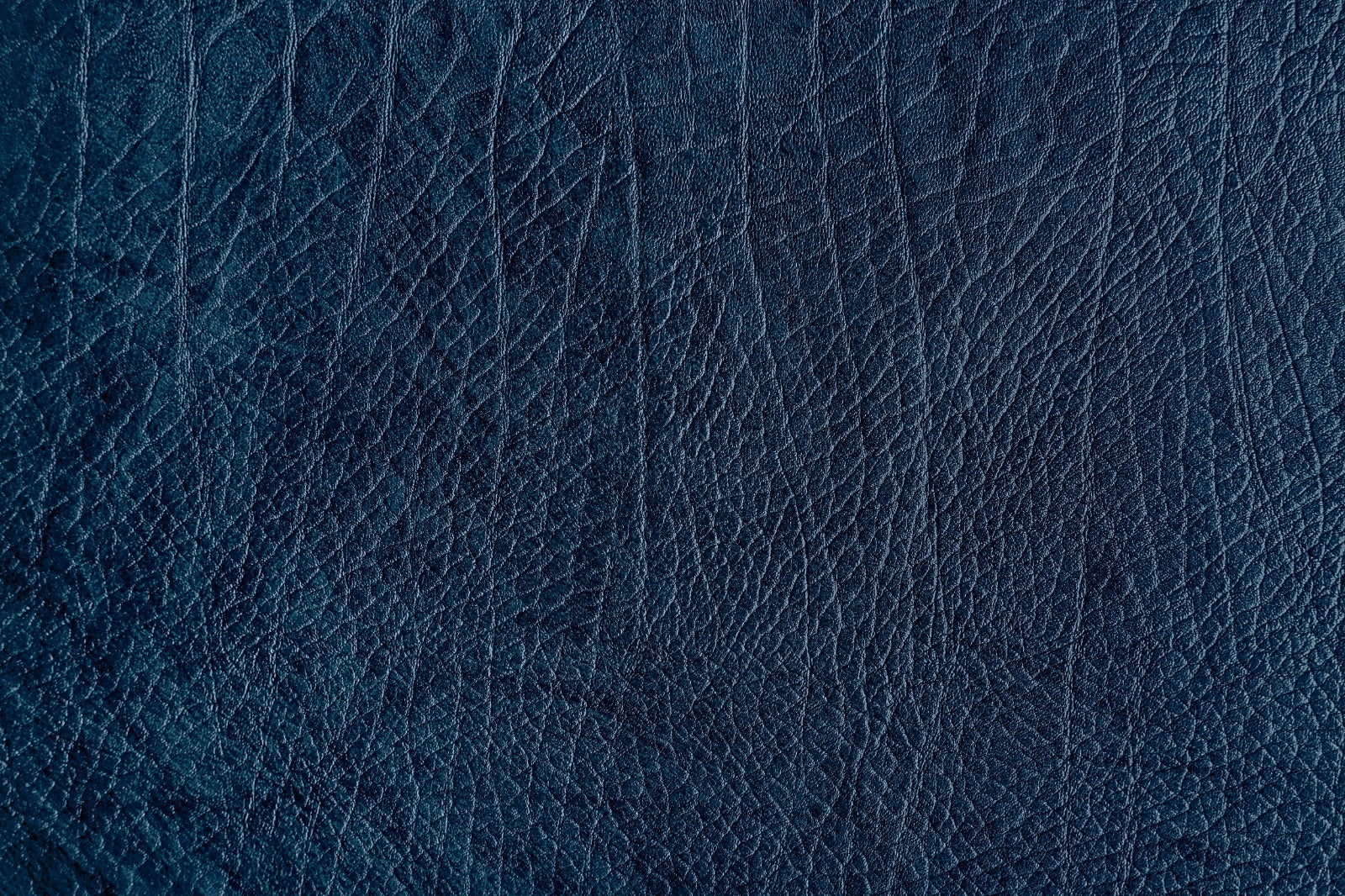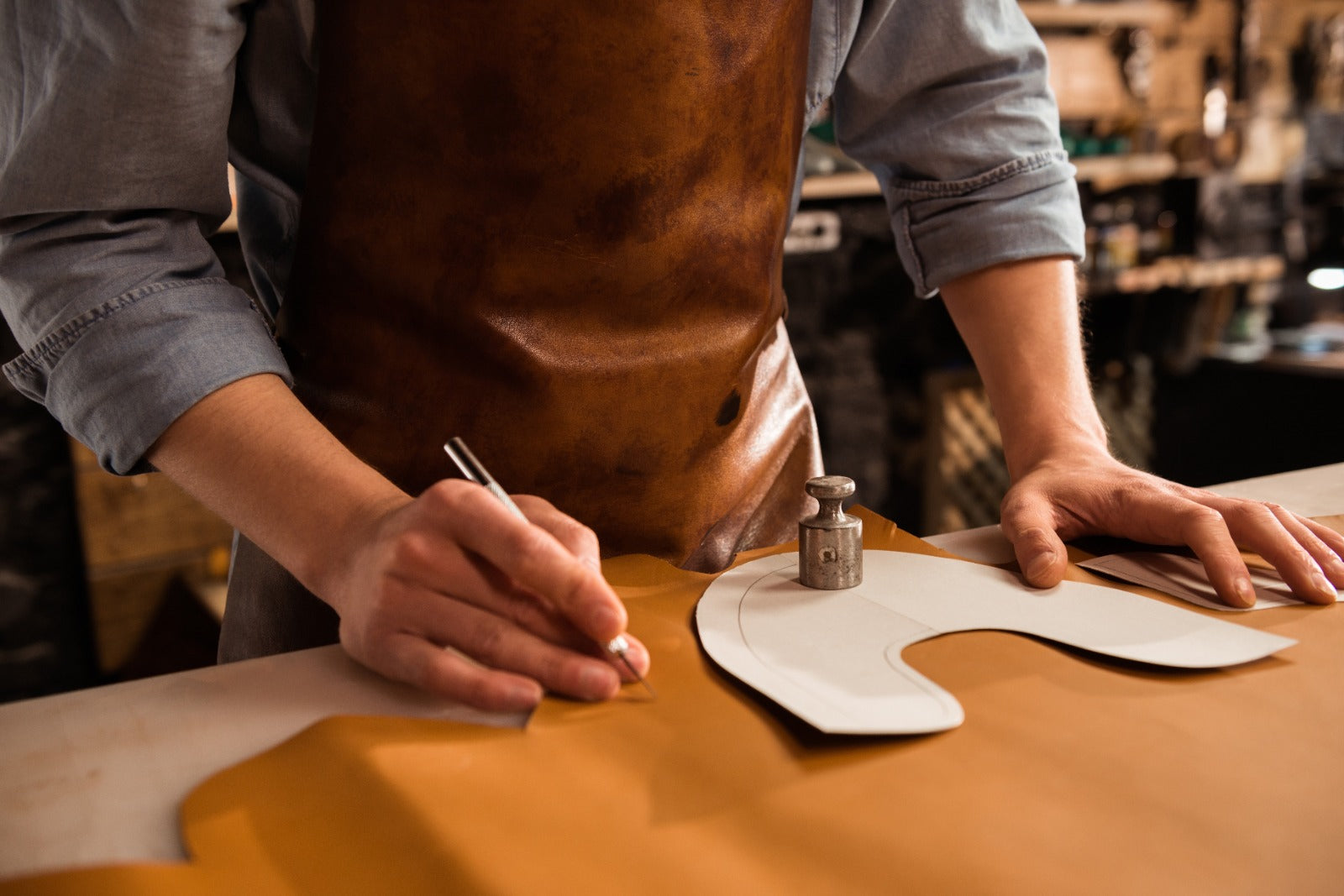
How to Tell If Leather Is Real: A Smart Buyer’s Guide
In today’s market, where faux and synthetic options are everywhere, knowing how to identify real leather is crucial. Whether you’re buying a belt, bag, or briefcase, authentic leather ensures durability, style, and long-term value. This guide covers the most reliable ways to test leather, so you can shop with confidence and avoid costly mistakes.
1. Examine the Grain & Texture
-
Full-grain leather shows natural imperfections—scars, pores, and irregular patterns.
-
Top-grain leather looks smoother but still retains subtle grain.
-
Faux leather often has a repetitive, machine-made pattern that looks too uniform.
2. Feel the Surface – Softness & Flexibility
Genuine leather feels supple yet firm. When you pinch it, natural creases appear and bounce back. Fake leather feels plasticky, overly smooth, or stiff, and doesn’t crease naturally.
3. Smell Test – The Natural Aroma
Real leather carries a rich, earthy scent, while fake leather smells of chemicals or plastic. Rubbing genuine leather lightly can intensify its natural aroma.
4. Backside Check – Fibers vs. Fabric
Turn the material over: authentic leather has a rough, suede-like backing with visible fibers. Faux leather often has a synthetic cloth or foam base.
5. Water Drop Test – Porosity Proof
Place a drop of water on the surface: real leather absorbs it slowly, leaving a temporary dark spot. On faux leather, water beads and rolls off without soaking in.
6. Edge & Cut – Natural vs. Uniform
The edges of real leather look fibrous and uneven. Synthetic alternatives usually have smooth, perfectly sealed edges.
7. Weight & Density – The Heft Factor
Genuine leather feels heavier and denser compared to lightweight, hollow synthetic versions. A solid weight often indicates authenticity.
8. Burn or Heat Test – With Caution
When exposed to heat, real leather may darken slightly and release an organic smell. Fake leather melts, bubbles, or gives off a strong chemical odor. (Note: use this method only on small scraps or samples.)
9. Price & Label Transparency
Authentic leather products typically cost more due to quality craftsmanship. Look for clear labeling of leather type—full-grain, top-grain, or genuine leather—to verify authenticity.
10. Craftsmanship & Detailing
Real leather goods usually feature:
-
Tight stitching
-
Strong metal hardware
-
Logo embossing or stamping
These finishing touches often indicate genuine material and skilled workmanship.
Why Authentic Leather Matters
-
Durability: Real leather can last decades.
-
Patina: Over time, it develops a rich, unique character.
-
Sustainability: Fewer replacements mean less waste.
-
Repairability: Minor scuffs can be polished or restored.
Caring for Real Leather
Once you’ve identified genuine leather, proper care ensures it lasts:
-
Clean with a soft, damp cloth.
-
Condition every 4–6 months to maintain suppleness.
-
Use waterproofing sprays before rain or snow.
-
Store in a breathable dust bag instead of plastic.
Final Takeaway
Knowing how to tell if leather is real helps you avoid fakes and invest in timeless, high-quality pieces. From grain and scent to touch and craftsmanship, these checks make you a smarter buyer—ensuring your purchase stands the test of time.
